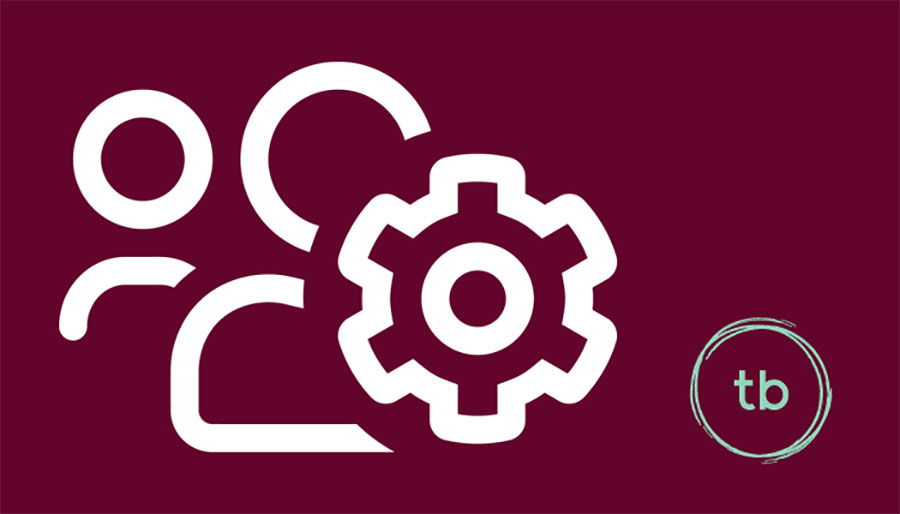Have you ever signed up for an app just to have it not work? It’s probably one of the most frustrating, yet easily avoidable, things we tech-savvy people can do. But, generally, it isn’t a big deal. You’ve downloaded an app on your phone that you thought was interesting or thought you might need, it doesn’t work properly, so you get rid of it and find something else. No harm, no foul.
But what happens when you’re using an app for more important tasks, like managing your finances?
Whether you’re dealing with your books generally, invoices, or payroll, there’s an app to make that job easier, streamlined, and even automated. If things aren’t set up properly though, there can be devastating consequences. Lost time, money, and information vital to filing your taxes, and paying your employees.
No matter how good the app, setup is everything. Without proper setup, it can be hopeless. Here are some examples of how bad setup can ruin a great app.
1. It’s all in the details
At first glance, signing and setting up apps is easy peasy. Generally, you just need your name, email, and maybe some additional business or banking information if you’re processing payments.
But what many apps don’t tell you is that there is always, let me repeat, always, more to it. You may be able to use some of the features, but they possibly won’t work properly and, if they do, they probably aren’t the ones you really need. To get the most out of any app, you need to iron out the details of not only signup but of everyday use.
Again, this isn’t a knock against any app. To work properly, and to have the best impact for users, these details and particulars are necessary.
Take an example I found from Knowify. Users have to be sure to set their burden rates for all of their employees before getting started. This will properly input your labor costs. Otherwise, your team will begin tracking their work, and the cost will show up as $0. Which, trust me, is definitely NOT what you had in mind.
That might seem obvious to veteran users, but for newbies, it’s easy to miss without proper setup. Thankfully, Knowify has a fantastic team to help new users learn the platform, sign up properly, and use the app to its full potential.
2. Proper mapping
If you’re using any accounting software to automate your finances, this is a problem you’re sure to run into.
If you’ve never heard of mapping, here’s a brief learning moment for you. Basically, mapping is the process of making sure all of your data and numbers get where they need to go. If you create a transaction in an app, and you want to see that transaction show up in QuickBooks, that needs to be mapped. It’s an incredibly efficient way of reconciling data so you don’t have to input information twice, wasting time and money you could use to run your business. Or eat a taco or grab a coffee or hit the beach. I won’t dictate your life choices, or judge them.
Now, if you’re like many business owners, you might not have even known what mapping is, or knew that it was a thing at all. If that’s the case, and I’m saying this in the nicest way possible, you probably shouldn’t be setting up your apps alone.
While incredibly efficient, data mapping can also easily mess up a lot of numbers if done improperly. It takes an intimate knowledge of a particular app, and any app you’re trying to map information to (as in the QuickBooks example I gave). Whether it’s your bookkeeper, CPA, or friendly-neighborhood customer support rep, asking for help is always the way to go.
3. Setting proper privileges
Once you’ve taken my advice and asked for help (which, I mean, why wouldn’t you, are you reading this great blog right now?), it’s time to make some tough decisions.
Many apps, especially ones focusing on finance management offer multi-level approval and privilege capability. That means that users can add or remove users (their team, outside consultants, new employees, etc.) to and from their account, and give them different levels of access to different parts of the app. For example, if you want your accountant or bookkeeper to be able to draft payments to go out, but want to approve them yourself, you can set the privileges so that no payment can be sent without your say so.
Pretty cool, right?
But, as with everything, there’s a downside if you don’t set things up properly. By giving everyone the same administrator-level privilege, and depending on what you’re using the app for, you can experience some unfortunate things.
Employees could see everyone else’s salary or pay stub, project managers could have access to other people’s projects, and even manipulate records. Obviously, these are worst-case-scenarios and the benefits definitely outweigh the downfalls of multi-level permissions. But, taking ten minutes to properly understand what you’re getting into makes you safe, not sorry.
Easy-to-use apps are a great thing. They allow business owners and other users to take advantage of technologies and services they couldn’t before, regardless of their experience level. But we can’t be afraid to ask for help. As a business owner myself, I know how easy it is to brush off a helping hand and “do it myself”. In my experience, it’s always better to get something right the first time by simply asking some questions, and taking the help offered.
That’s the true sign of a great business owner. Not doing everything yourself, but knowing when to ask for help.

Kelly Gonsalves
Kelly is an Advanced Certified QuickBooks ProAdvisor but it doesn’t just stop there. She is also a Top 10 ProAdvisor in the World, Insightful Accountant Top 100 ProAdvisor, Top 50 Cloud Accountant in North America, and a member of the Intuit Trainer Writer Network. Last month, she was even named the Top Up-N-Comer ProAdvisor of the year! Kelly’s focus is on creating processes and systems that make the financial side of businesses less intimidating. She is extremely passionate about using technology to streamline process and save time. She is an app guru!
